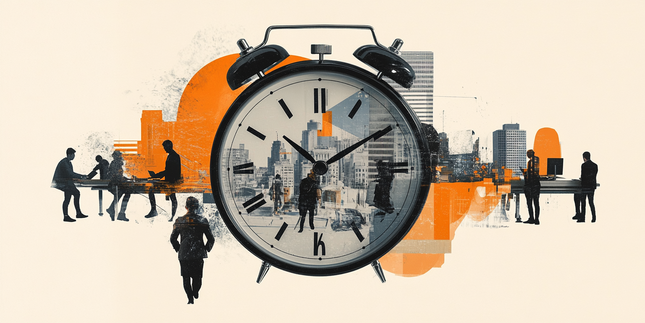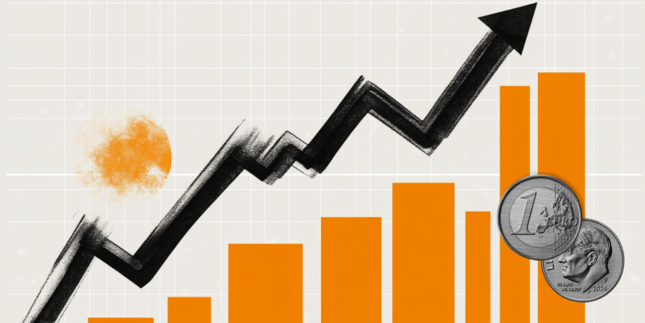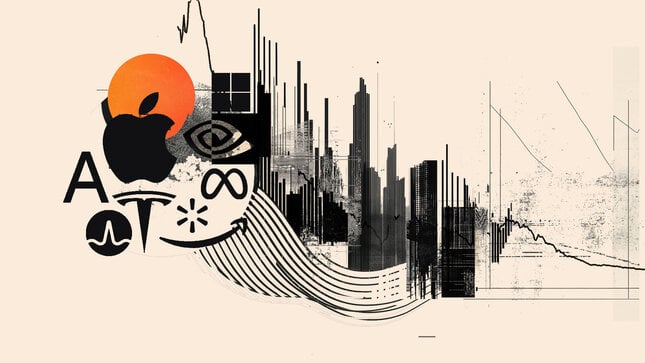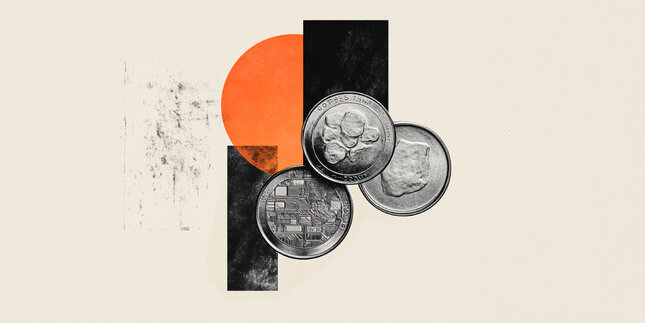US Dollar soars as markets digest Powell's words, Fed's hawkish cut
- DXY trades rose above 107.80, reacting to the Fed’s anticipated rate cut.
- Markets parse new rate projections for 2025 and 2026.
- Traders assess Powell’s cautious yet hawkish remarks.
The US Dollar Index, which measures the value of the USD against a basket of currencies, holds near 107.80 on Wednesday following the Federal Reserve’s widely expected 25 basis point rate cut, bringing the benchmark rate to a 4.25%-4.50% range. The Fed’s updated projections point to a more cautious yet somewhat hawkish approach, with 2025’s rate forecast raised to 3.9% from 3.4%, and a 2026 target of 3.4%. Despite economic uncertainties, including a softening labor market and persistent inflation, the central bank’s gradual policy adjustments suggest a careful balance between controlling price pressures and supporting growth.
Daily digest market movers: US Dollar weighs new Fed forecasts and cautious Powell stance
- The US Dollar stands steady as markets digest the Federal Reserve’s decision to cut by 25 basis points as expected.
- Updated projections show a 3.9% rate in 2025 (up from 3.4%) and a 3.4% target in 2026, reflecting a slightly more hawkish medium-term stance.
- Economic conditions remain mixed: inflation remains above 2% and labor markets show signs of softening, prompting the Fed to remain data-dependent.
- Fed Chair Jerome Powell emphasized uncertainty in the interest outlook, signaling that the central bank will adjust policy gradually, keeping a close eye on growth and inflation trends.
- He mentioned that he is confident that the economic activity will continue performing strong but that the interest rate path will depend on incoming data.
DXY technical outlook: Indicators hold firm must defend 108.00
DXY technical outlook: Indicators recovered significant ground since week, yet the index still need to hold the 107.00–108.00 zone. If the DXY holds within this range in may continue rising, if not, the 106.00 could be retested.
Central banks FAQs
Central Banks have a key mandate which is making sure that there is price stability in a country or region. Economies are constantly facing inflation or deflation when prices for certain goods and services are fluctuating. Constant rising prices for the same goods means inflation, constant lowered prices for the same goods means deflation. It is the task of the central bank to keep the demand in line by tweaking its policy rate. For the biggest central banks like the US Federal Reserve (Fed), the European Central Bank (ECB) or the Bank of England (BoE), the mandate is to keep inflation close to 2%.
A central bank has one important tool at its disposal to get inflation higher or lower, and that is by tweaking its benchmark policy rate, commonly known as interest rate. On pre-communicated moments, the central bank will issue a statement with its policy rate and provide additional reasoning on why it is either remaining or changing (cutting or hiking) it. Local banks will adjust their savings and lending rates accordingly, which in turn will make it either harder or easier for people to earn on their savings or for companies to take out loans and make investments in their businesses. When the central bank hikes interest rates substantially, this is called monetary tightening. When it is cutting its benchmark rate, it is called monetary easing.
A central bank is often politically independent. Members of the central bank policy board are passing through a series of panels and hearings before being appointed to a policy board seat. Each member in that board often has a certain conviction on how the central bank should control inflation and the subsequent monetary policy. Members that want a very loose monetary policy, with low rates and cheap lending, to boost the economy substantially while being content to see inflation slightly above 2%, are called ‘doves’. Members that rather want to see higher rates to reward savings and want to keep a lit on inflation at all time are called ‘hawks’ and will not rest until inflation is at or just below 2%.
Normally, there is a chairman or president who leads each meeting, needs to create a consensus between the hawks or doves and has his or her final say when it would come down to a vote split to avoid a 50-50 tie on whether the current policy should be adjusted. The chairman will deliver speeches which often can be followed live, where the current monetary stance and outlook is being communicated. A central bank will try to push forward its monetary policy without triggering violent swings in rates, equities, or its currency. All members of the central bank will channel their stance toward the markets in advance of a policy meeting event. A few days before a policy meeting takes place until the new policy has been communicated, members are forbidden to talk publicly. This is called the blackout period.
Forex News
Keep up with the financial markets, know what's happening and what is affecting the markets with our latest market updates. Analyze market movers, trends and build your trading strategies accordingly.























